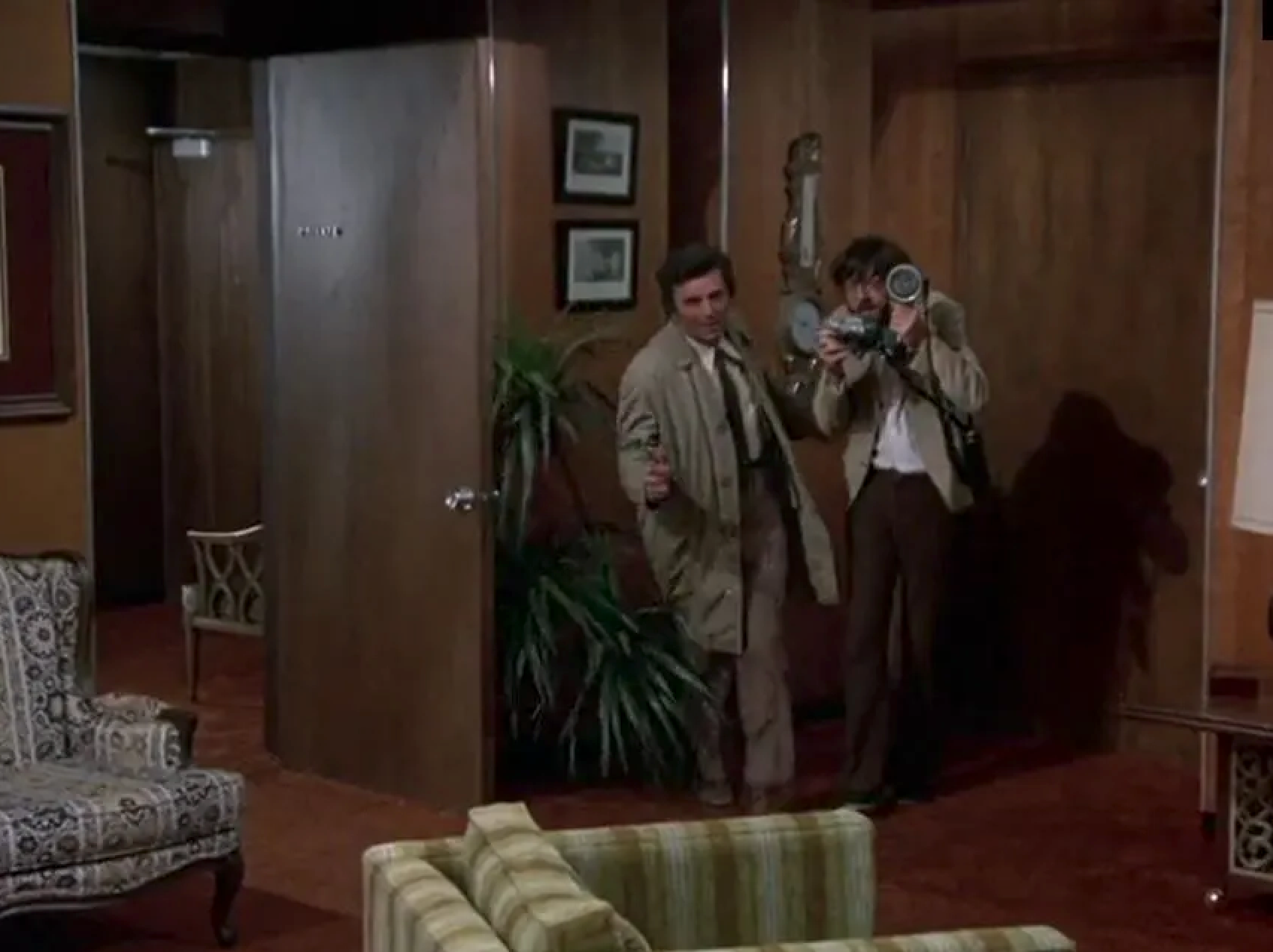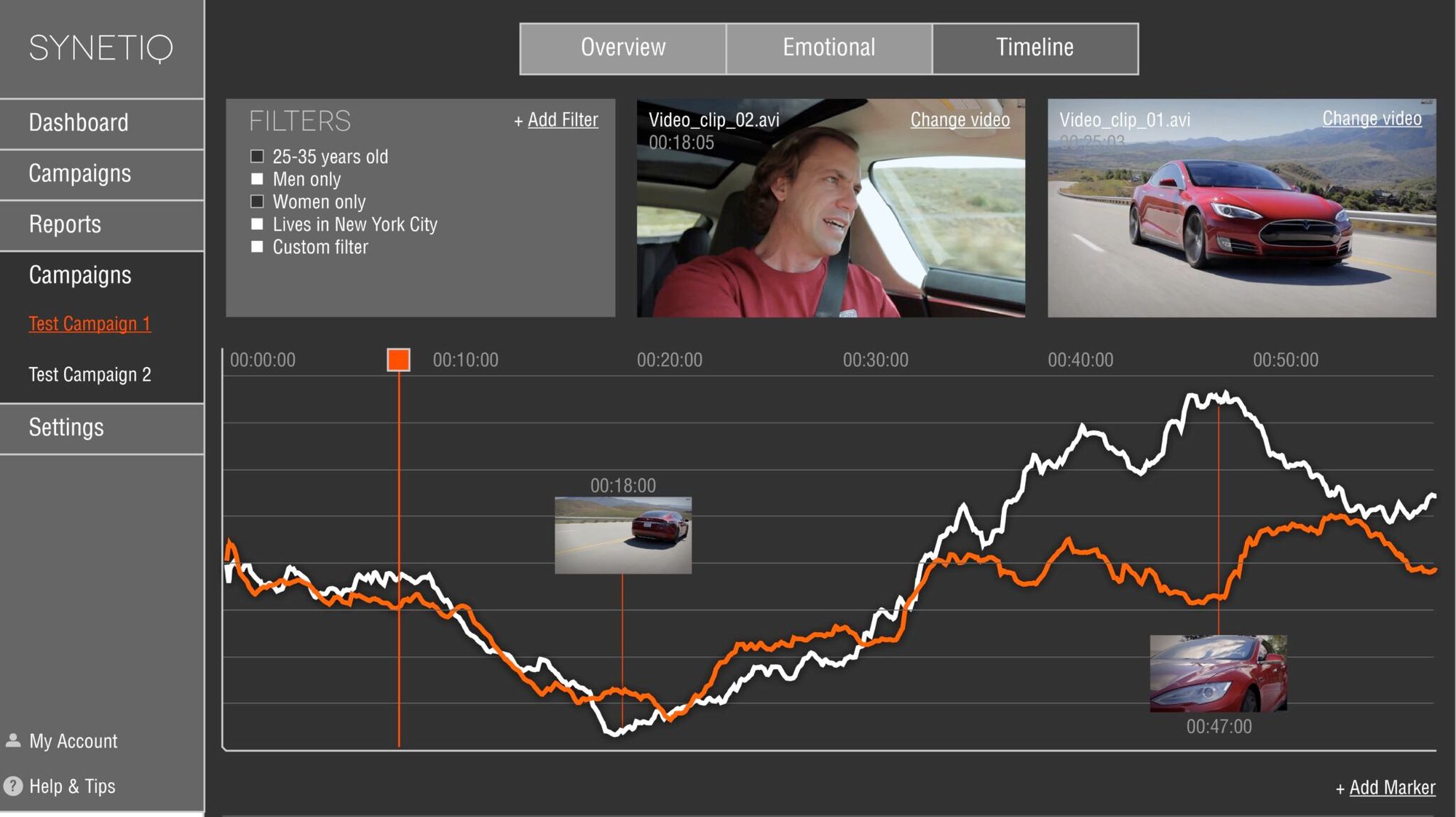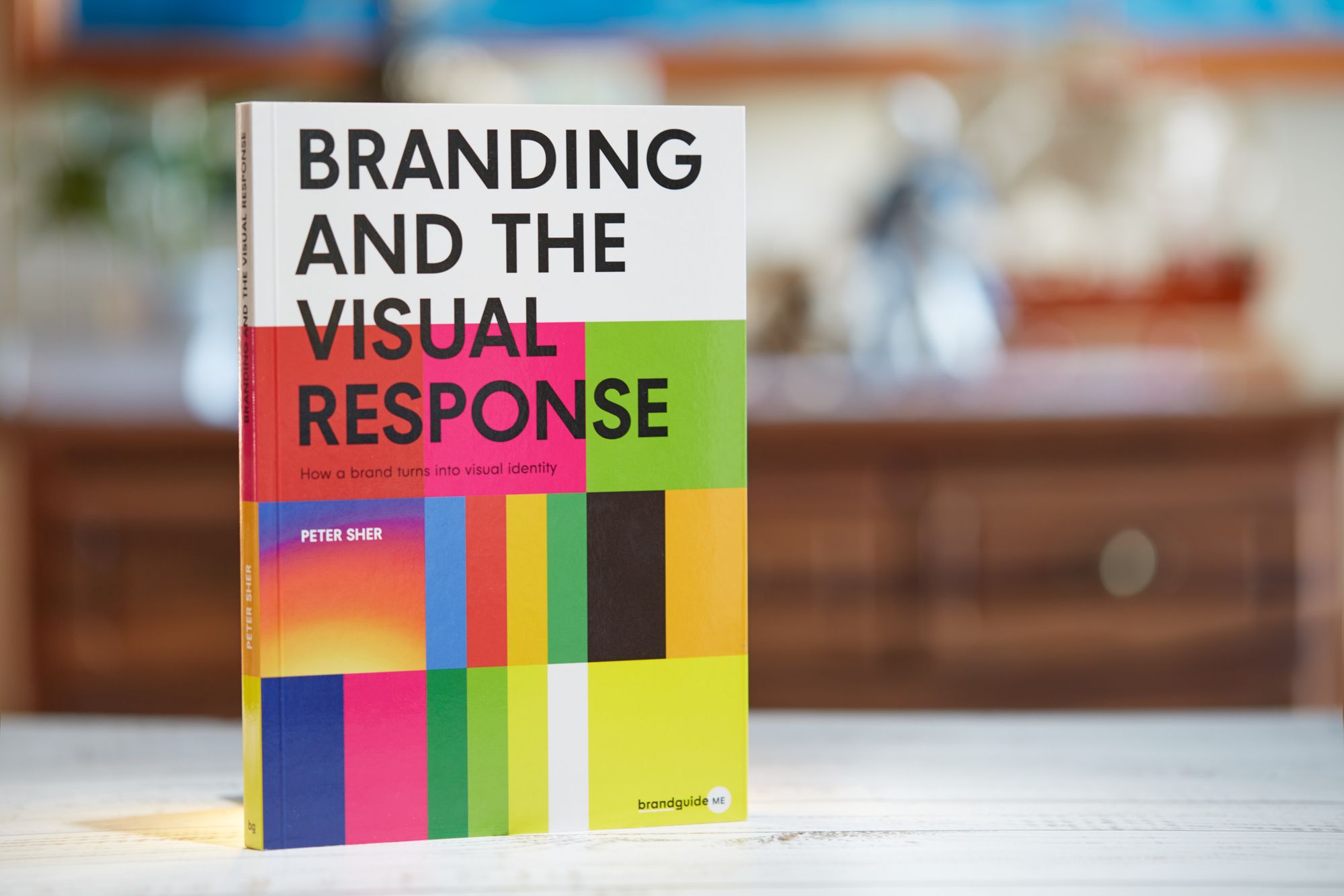The effects of subliminal messages

Subliminal messages in branding and in the Hungarian media
Politics aside, you can see interesting things if you watch television. On the TV2 channel you can see the word Digitisation for a few tenths of a second in between standard length commercials, as even the hungarian telex news portal reported. Is this the comeback of subliminal advertising?
Let’s take a closer look at subliminal messages, which are, as their creator James McDonald Vicary admitted it, a hoax—he manipulated the results of his measurements to be more successful in marketing. But let’s start from the beginning.
In 1957, Vicary and his colleagues did their experiments in a movie theatre in New Jersey with a total of 45,000 moviegoers as their subjects, exposing them to the slogans “Eat Popcorn” and “Drink Coca-Cola” for 0.003 second during screening. They measured a 57% increase in popcorn consumption and a 18.1% increase in Coca-Cola consumption as a result of these subliminal messages.
In the same year the results were published in Advertising Age magazine. Word of this spread quickly and caused outrage—Vicary even had to remove his number from the register and could hardly go to any public place to avoid getting called out for manipulating people with this technique.
A year later, following a study by the CIA, subliminal messages were banned in marketing.
The only problem is that in 1964 Vicary admitted to having manipulated his research results, so it was nothing but a bubble. However, the damage is done, as the technique of subliminal manipulation lives on as an urban legend.

I’m a huge Columbo fan. One episode is centred around subliminal messages: the murderer inserts subliminal cuts of drinks into a film to lure the victim, who has had salty caviar, out of a screening. Columbo is cunning. As he is looking for the murder weapon, he realises it must be in the murderer’s office, and uses the same trick: he has photos taken of himself searching the office and has these images inserted in a film the murderer is watching.
Evidence
In 2006, researchers at Utrecht University tried to reproduce Vicary’s results, but without success. They found that subliminal communication was only effective in a laboratory setting and only for certain brands. The BBC also tested the method and reported similarly negative results.
Consider the meaning of subliminal: it comes from sub+limen, and it means below the threshold. Getting below the threshold messages through, i.e. conveying emotions that are difficult to grasp, is a key tool of branding. Of course, not with this flashing technique, which affects the brain for a very limited time—quite the reverse, with long term, constant messages and impulses.
The outrage this manipulation caused in the US in the 50s raises interesting questions: what do we see as manipulation and what can we accept? I believe that it is not manipulation when the desires of the targeted person coincide with the brand’s messages. This is why it is important to know your target audience and target them accurately—this way no-one will think they are being manipulated.
Looking at it from a different angle, conscious positioning and the alignment of messages and visual language all serve the purpose of getting the brand’s message through, of influencing the recipients and the target audience.
Brands use every tool at their disposal to target our senses with messages to work towards their goals. The psychological effects of colours, the messages of forms, the effects of scents are all used—not to mention audio-based sonic branding.

Neuromarketing
Neuromarketing’s measurement tools can provide data about reactions, about how the brain responds to a given image, message, sound or their combination, what inner, conscious or subconscious processes are triggered by the audio-visual experience.
Recently, I registered for an interesting webinar by the Hungarian company synetiq, where they demonstrated how their system works. They presented an analysis of the campaign video for the launch of Erste Bank’s new service, George. Subjects testing the advertisements wore various sensors that fed data to an application that continuously analysed attention and excitement, showing how long the ad captured the audience’s attention, where it was more focused and where there was room for improvement.
Now back to how effective subliminal messages are. If you accept that the message has a short term influence on the person concerned, for example the Coca-Cola ad has no widespread effect but only affects those who are actually thirsty, how long this effect will last? Probably not too long, and this may also be an important factor that it can’t be used to manipulate the masses.
And the original topic: the technique used by the Gattyán ads is effective because it is unusual. With all the usual background noise, you notice everything new. It is not the subconscious effect that works here—the ad works because it is different. What do you think?
If you want to use Brand Sprint, visit our resources page, it provides you a free PDF guide to learn it—and perhaps use it in your next project, adding value to your services, or by our book which is a step by step guide to branding 👇

How a brand turns into visual identity
Ready to elevate your design strategy? Get this must-have book in ebook or print format. Packed with practical advice, it’s your roadmap to becoming an elite designer who thinks strategically and builds unforgettable brands.
